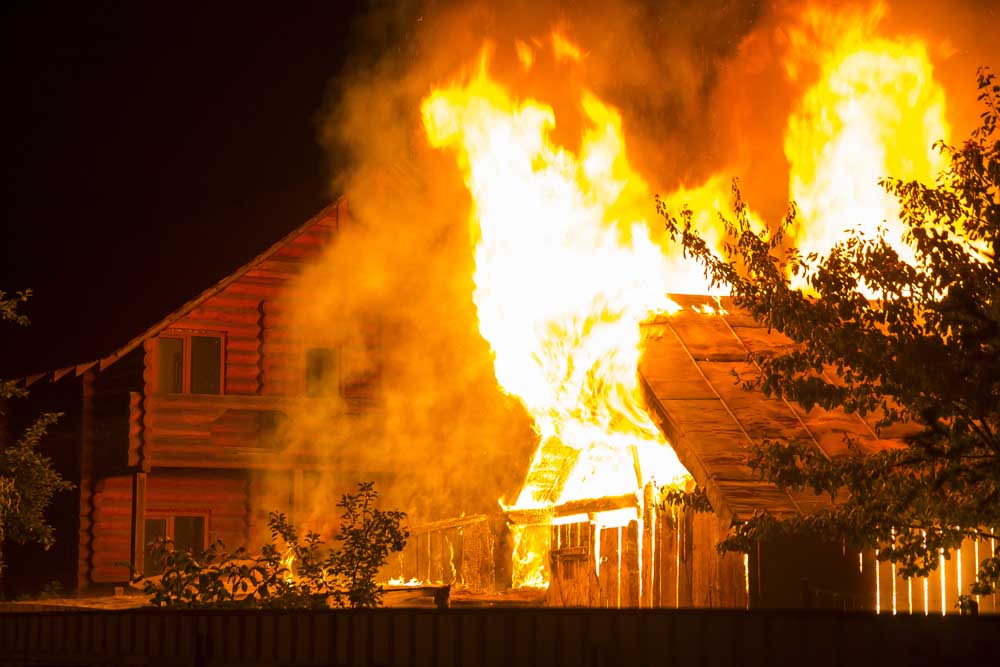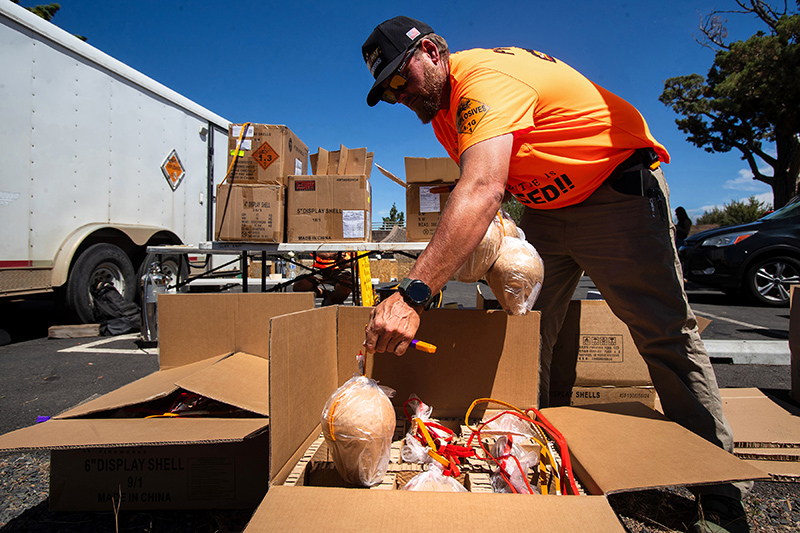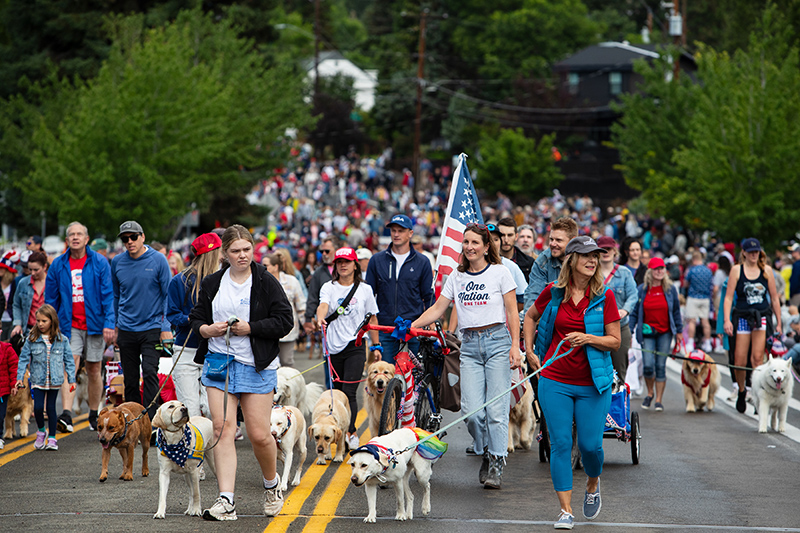Editorial: Heed fire chief’s wise words
Published 12:00 am Thursday, August 30, 2018

- (123RF)
Fire danger in Central Oregon is extreme. That’s no surprise: Temperatures have been high and rain rare. That combination makes it especially important to pay attention to what Thad Olsen, chief of the Cloverdale Rural Fire Protection District, had to say in a recent article in the Sisters newspaper.
Olsen told a reporter all about defensible space, that 30-foot area around a house that should go far in preventing fire from destroying it. You probably know the basics already — no dead grass near the house; no juniper, either, because it’s a particularly flammable species. Grass, watered and mowed, is good, and some fire-resistant flowers and shrubs are also worth considering.
But Olsen also had information you might not have thought of. If you live at the end of a tree-lined lane, he said, make sure tree limbs are trimmed enough to allow fire equipment in and out. Firefighters are unlikely to willingly trap themselves in such a situation, and they simply won’t go. Moreover, if they can be trapped, a homeowner might have the same problem.
Nor, Olsen said, will they go to a home that he describes as not defensible. That’s the home with dry trees and grass, with pine needles clogging gutters and firewood stacked against the garage wall that make it likely to be destroyed by fire, no matter what firefighters do. Instead, they’ll focus their efforts on houses that can be saved.
People in rural areas likely are aware of the need for defensible space, how to achieve it and why. But as the Carr Fire in California proved last month, even city dwellers can find themselves in the path of a raging wildfire if conditions are right.
As for Central Oregon, virtually all the land within cities in the three counties is rated as being at very high or extremely high danger for wildfire on the Advanced Oregon Wildfire Risk Explorer maps on the Oregon Explorer website.
Olsen’s message in The Nugget was blunt. Firefighters alone cannot always save a property. Homeowners have to have done their part before the firefighters are ever called.








